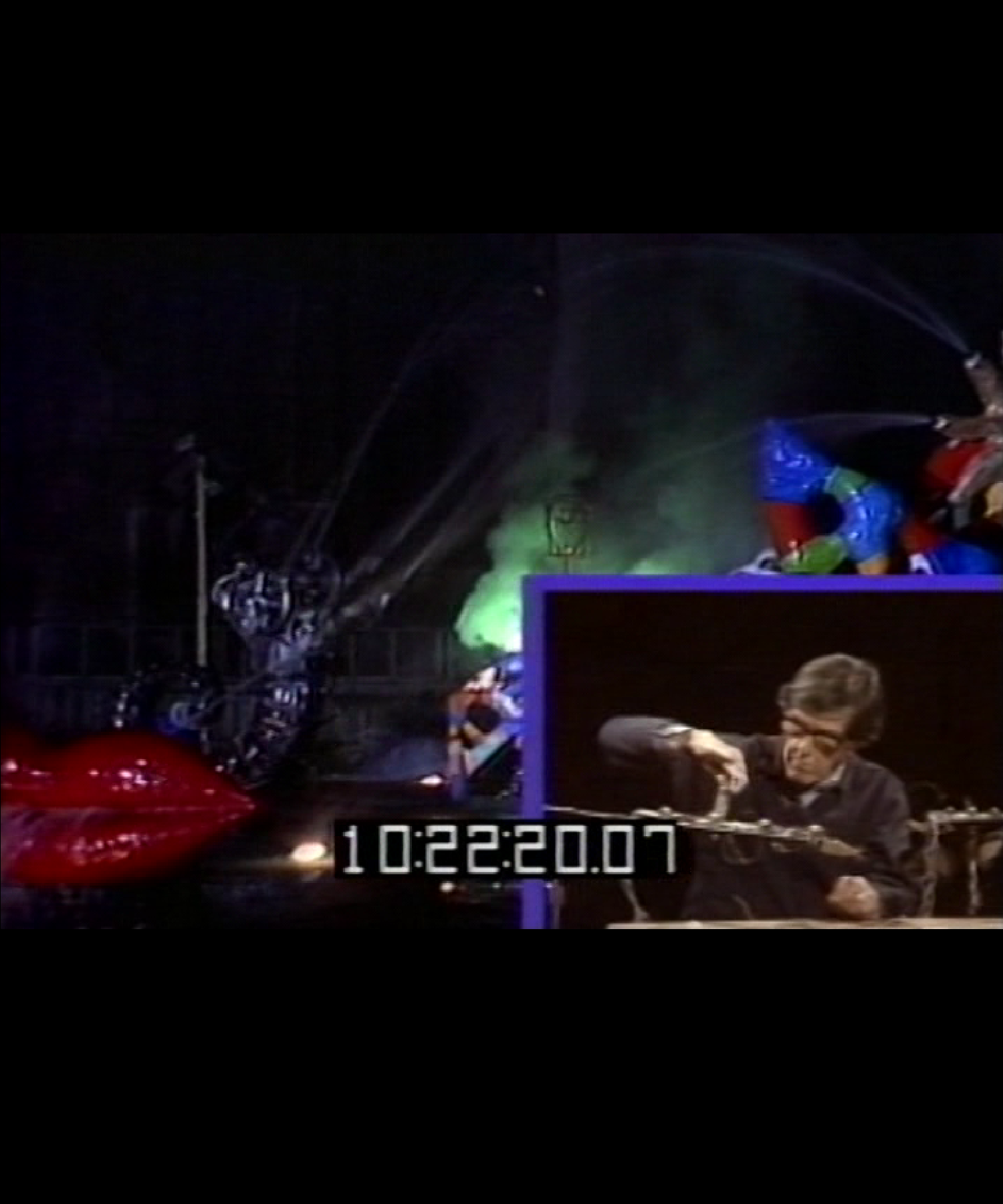
On January 1, 1984, the world heard an electronic greeting, "Good Morning Mr. Orwell," via television. It marked the beginning signal announcing Nam June Paik’s live satellite broadcast. Good Morning Mr. Orwell was Paik’s response to the era of surveillance foreseen in George Orwell's novel 1984. On the first day of the new year, Nam June Paik conveyed to the world that media could serve as a means of surveillance, while simultaneously operating as a positive tool for communication. WNET in New York and FR3 in Paris became the real-time main broadcasting stations. The program featured exciting live performances by fellow artists, popular singers, and dancers. It also comprised various prerecorded videos. The live broadcast from New York was simultaneously aired in Korea, and the live from Paris was also broadcast in real-time to Europe. The intentional "live" effects, such as signal omissions and sequence variations during the live broadcast, were part of Paik’s artistic design. Therefore, the live versions from New York and Paris differ slightly in order and content, but the broadcast time remains one hour. Nam June Paik's satellite project continued twice more, and they are regarded as representative artworks that utilized the broadcasting satellite system, enabling global communication.
Good Morning Mr. Orwell Paris Live




